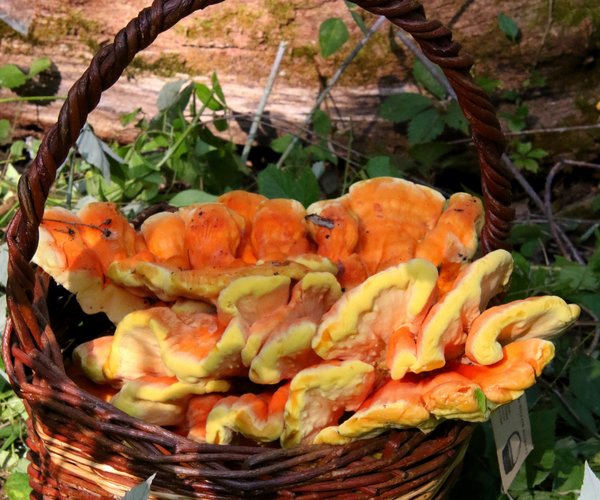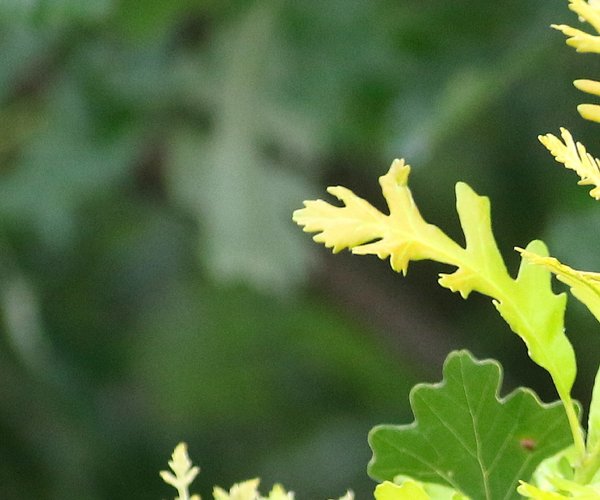HYDE, Wisconsin—Squirrel and deer hunting are almost never mentioned in the same sentence.
But on January 18, Josh Cartwright, owner, along with his wife, Amy, of the Hyde Store in rural Iowa County, compared the two forays, hunting gray and fox squirrels with squirrels coming out on top.
“It seems squirrel hunting brings hunters together and when they come in to weigh their quarry for our twice-a-year squirrel hunting tournament. The groups stay longer and talk squirrels with other hunters,’’ Josh Cartwright said. “It’s all about comradery of hunters, comparing the challenges and now there seems to be a good number of young hunters involved, too.”
The Saturday afternoon weigh-in for 16th Perennial Hyde Area Squirrel Hunting Tournament was held at the “store” in Hyde, Wisconsin, an unincorporated community nestled in rural Town of Ridgeway. Hunters registered ahead of the event, hunted where they liked, and then came back before 3 pm.
A record 51 teams, two hunters each, had only squirrels to talk about. The weather was ideal with high temperature near 30 degrees, and no snow made stable walking on oak forest hillsides.
All the rules followed the Wisconsin Department of Natural Resources squirrel hunting regulations. Sixteen years ago a former Hyde Store owner added a few ethical rules of his own, including only using rim fire rifles, use the squirrels for food, no culling of smaller squirrels, and not shooting squirrels off bird feeders.
To add to the comradery, not the competition, teams were asked if they wanted to give their team a name. Most name-for-the-day nicknames were squirrel related. Tree Rats won the contest. An entry board was as much looked at for the nicknames as the squirrel weights.
Fox and gray squirrels were brought in to be weighed, in any mix. Because the tournament is based on weight, most teams brought in at least half fox squirrels, which are generally heavier. Oh yes, no weight tampering is permitted to increase the weight of bag limits by adding non-squirrel material other than the bullet fragments.
The winning team brought in 10 squirrels totaling 17 pounds. A total of 256 squirrels were brought in to be weighed by the lot of teams.
Josh Cartwright is working on the autumn contest date, sometime in October 2025, to go along with the January hunt.
Wisconsin’s State-wide squirrel season closes February 28, although landowners may hunt squirrels year-round, but must follow all other hunting regulations including a five-squirrel daily bag limit.
One of the rules, no shooting squirrels off bird feeders, emphasizes that some who feed birds detest squirrels, except gliding (flying) squirrels.
Bob Ross, of Wild Birds Unlimited in Middleton, Wisconsin doesn’t have any foolproof methods for keeping squirrels from feeders but did suggest house sparrows may be deterred by an apparatus called sparrow-be-gone, a system of five weighted strings the sparrows seem unwilling to fly through. Most other feeder birds are willing to pass past the contraption.
Avian influenza has not yet spread, except in one instance, to humans, he said. Still, Bob Ross suggests washing hands and keeping feeders clean by brushing off bird perches each time sunflower hearts or fruits are added.
“Uncommon bird sightings this winter have been tundra swans, brown creepers, yellow-bellied sapsuckers, robins, and bluebirds but no gray or snowy owls in the immediate area,” he said.
Keeping bird feeders full, available heated water and temporary structures where feeding birds can perch are a few ways to keep birds returning throughout the cold spells.
There are several bird cams in Bob Ross’s store with cameras sending footage from Eastern US of birds that are common here as well.
While snow is scarce, ice is good and fishing continues to be fair to good. Shed antler hunters, like those hunting squirrels, are a finding good number of sheds due in part to lack of snow.
Evergreen plants, particularly ferns, are abundant on forest floors and are nice pick-me-ups during the dead of winter. Pussy willows brought inside a few weeks ago have now produced flowering pollen catkins. Marsh hikes have produced skunk cabbage shoots and flower stalks. Without snow, there are no turkey tracks; otherwise they would be common around the green shoots.
Breaks from snow may make working firewood or early trimming of oaks workable tasks.
Bald eagles are beginning to refurbish their nests and are also seen engaged in courtship activities; egg incubation will begin in a few weeks with one adult on the nest at all times.





